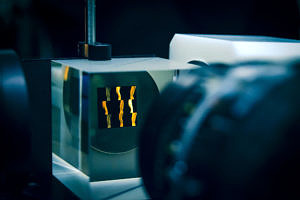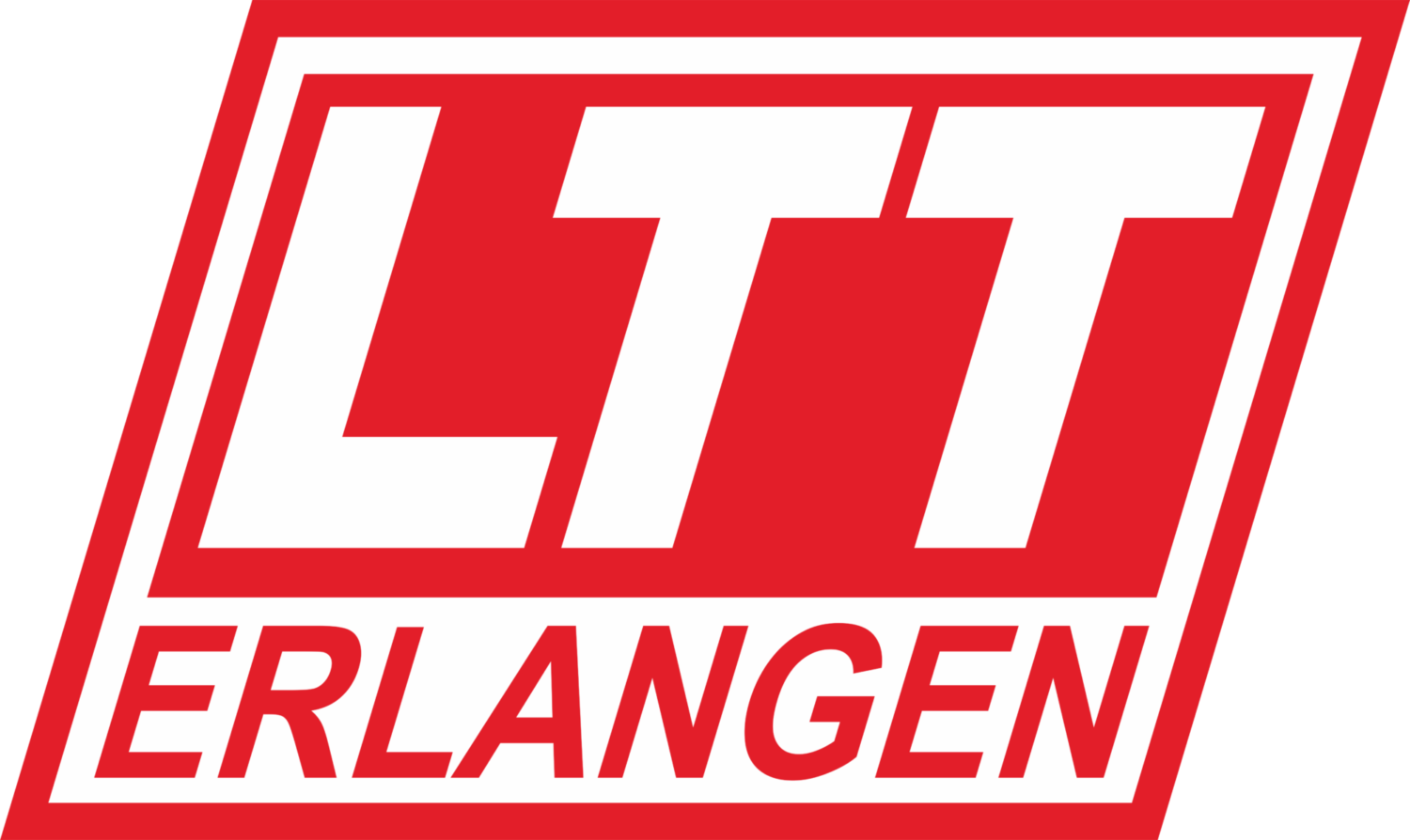Tomographic Methods for the Investigation of Particle Formation in Combustion Processes

A wide variety of different nanoparticles, such as carbon blacks, titania or silica particles, can be synthesized in combustion processes or, like soot, are produced during local rich combustion. For a better understanding of these formation processes, several process parameters often have to be recorded simultaneously. Since these processes are often highly turbulent, a high temporal and spatial resolution is urgently required. Classical imaging methods often reach their limits due to the projection of the 3D process into the 2D image plane.
Tomographic methods allow calculating back to the 3D structure from images taken at different viewing angles. Thus, temperatures, reaction and particle formation zones or particle parameters in reactive flows can be investigated in 3D. For this purpose, different methods are used at the institute, in which either several cameras from different positions or a single camera in combination with image multipliers are used for the tomographic reconstruction.
If high-speed cameras are used for these measurement techniques, not only locally high-resolution data but also the temporal development of the process can be recorded and thus allow for a better process understanding.
Literature
- , , , , :
Three-dimensional particle size determination in a laminar diffusion flame by tomographic laser-induced incandescence
In: Applied Physics B-Lasers and Optics 127 (2021), Article No.: 4
ISSN: 0946-2171
DOI: 10.1007/s00340-020-07562-w - , , , , :
4D temperature measurements using tomographic two-color pyrometry
In: Optics Express 29 (2021), p. 5304-5315
ISSN: 1094-4087
DOI: 10.1364/OE.412821
